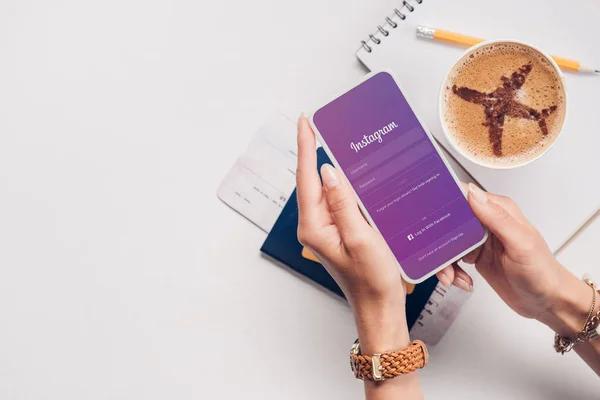Competitions Between Influencers for Instagram Likes

In the ever-evolving digital landscape, social media platforms have become arenas of intense competition, particularly for influencers who rely on their online presence to build personal brands, connect with audiences, and secure lucrative partnerships. Among these platforms, Instagram stands out as a dominant force where likes serve as both currency and validation. The race for likes has fueled fierce competition between influencers, creating a unique dynamic that blends creativity, strategy, and an unrelenting drive to stand out in a saturated market.
Influencers often craft meticulously curated content aimed at capturing the attention of their followers while appealing to broader audiences. This involves not only high-quality visuals but also compelling captions and strategic use of hashtags. However, in the pursuit of engagement metrics like likes and comments, many influencers find themselves navigating a fine line between authenticity and performance. As they vie for user attention amid millions of posts uploaded daily, standing out requires constant innovation—be it through viral trends or collaborations with other creators.
The competitive nature of this ecosystem is further amplified by algorithms that prioritize engaging content. Influencers what are featured viewers on facebook highlights acutely aware that higher engagement rates increase visibility on users’ feeds or the Explore page. Consequently, some resort to tactics such as posting during peak activity hours or even buying fake likes to maintain relevance in an environment where numbers often equate to credibility.
This competition isn’t without its challenges; mental health concerns frequently arise among influencers who tie their self-worth to fluctuating metrics like likes or follower counts. The pressure to meet audience expectations can lead to burnout or feelings of inadequacy when posts underperform compared to those from peers within similar niches. Additionally, controversies surrounding transparency add another layer of complexity: followers increasingly demand genuine interactions rather than overly polished personas designed solely for public consumption.
Brands play a significant role in fueling this rivalry since they often base sponsorship deals on an influencer’s ability to generate substantial engagement rates—a metric heavily influenced by the number of likes received per post. This creates added incentives for influencers not just to compete against one another but also continuously refine their strategies in alignment with brand expectations.
Ultimately, while competitions between influencers may foster creativity and innovation within the platform’s ecosystem, they also highlight broader questions about authenticity and sustainability in digital spaces driven by metrics-based validation systems like Instagram’s “like” feature. Balancing ambition with authenticity remains key as influencers navigate this complex yet rewarding landscape.




